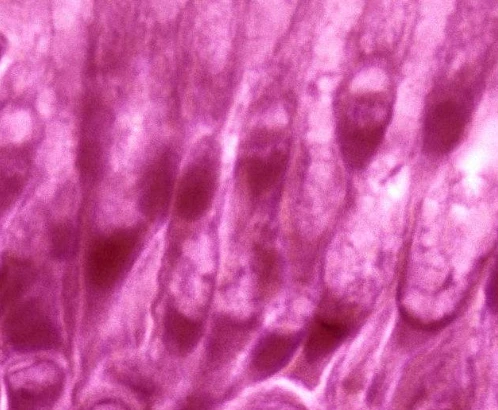The study identified a communication network system that regulates the existence of metabolic organs and tissues.

The study identified a communication network system that regulates the existence of metabolic organs and tissues.

Copyright © iCell Bioscience Inc, Shanghai 2018-2019
In a new study, researchers from the University of California, Irvine, and the Helmholtz Munich Center in Germany identified a communication network between metabolically regulated organs and tissues. For the first time, the results provide a detailed “map” to explain how the body creates and uses energy, and how imbalances in this communication network can affect overall health.

The study reveals highly coordinated multi-organizational metabolism behind the body's circadian rhythm (ie, the circadian clock) and explores the disruption of these circadian rhythms—such as damage caused by high-fat diets—inducing these communication network clocks between Inconsistent and can lead to inflammation, which is associated with major diseases and can affect longevity. Ten years ago, researchers first discovered a correlation between circadian rhythms and metabolism, and identified metabolic pathways in which circadian proteins sense energy levels in cells.
The human body is a complex and perfectly integrated system that works best when these communication networks are in balance. When such systems are disturbed by inconsistencies between organs, the body will function at suboptimal levels, which may lead to disease. The map shown explains how to achieve the best possible health through proper balance and internal stability.
The researchers studied a variety of genetic clocks—gene clocks from serum, liver, and muscle to gene clocks in the prefrontal cortex and hypothalamus, and gene clocks in brown and white fat. The resulting map reflects the correlation between various organs and tissues, which together constitute the so-called body clock that controls the circadian pattern of metabolic activity. These associations were subsequently tested to see how the mouse's high-fat diet disrupts the fine-tuning metabolic patterns in the body and reconnects the communication and coordination between these gene clocks.
The effects of a high-fat diet confirm that external factors can disrupt this coordinated metabolic pattern by which information from an organ or tissue can provide a systematic understanding of metabolic abnormalities and diseases associated with these metabolic abnormalities.
It is now possible to construct a personalized medical approach based on individual circadian rhythm metabolism. Metabolic analysis is a big data method that optimizes metabolic health.
 Loading ....
Loading ....
